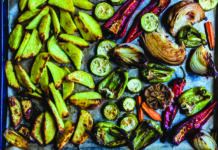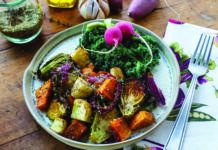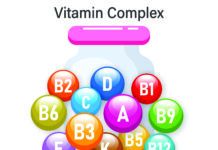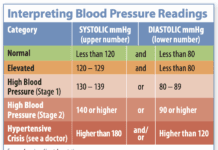A. “When one looks at the nutrients gram for gram, raw and roasted nuts are essentially equivalent,” says Helen Rasmussen, PhD, RD, senior research dietitian in the Metabolic Research Unit at Tufts’ Jean Mayer USDA Human Nutrition Research Center on Aging. “Nuts are roasted to enhance taste, aroma, and texture (crunchiness). Nuts that are sold as ‘raw’ have not been roasted, although harvested nuts that are in their shell may still have heat applied to separate the shell from the nut. When heat is applied to any food there can be a change in the composition of that food. With nuts, the difference is largely attributable to loss of water.”
“Nuts are known for the health properties of their fat composition, which is changed only minimally by roasting. One ounce of roasted almonds, for example, has 0.4 grams more monounsaturated fat than raw nuts, and an almost negligible change in saturated and polyunsaturated fat levels. It also has 6 more calories than the same weight of raw almonds. Raw nuts have a slight edge over roasted nuts in dietary fiber (0.5 grams more per ounce).”
“Consumers should be aware that raw nuts have at times been associated with a risk of food poisoning from salmonella, e-coli, or other microbes.”





















